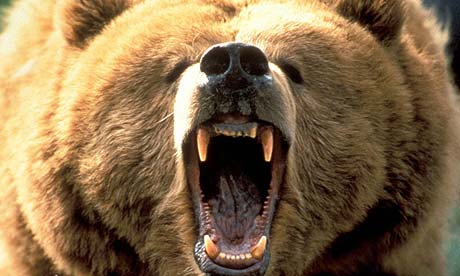“Every man has a right to his own opinion, but no man has a right to be wrong in his facts” ― Bernard M. Baruch

“The main purpose of the stock market is to make fools of as many men as possible.” ― Bernard M. Baruch
As the market drops 200 to 300 points daily on a fairly frequent basis these days, and has now dropped 13% in the last four months, John Hussman’s valuation analysis based upon historical facts is proving to be accurate. He’s not an “I told you so” type of person, but I am. The MSM stories follow the same old storyline – this is just a correction, time to buy the dip, stocks are undervalued, the Fed won’t let the market fall. We’ve been here before, twice in the last fifteen years. Wall Street and their media mouthpieces attempted to spread misinformation about the nature of the markets in 2000 and 2007, as epic bear markets were just getting underway. John Hussman cut through their crap then and he is cutting through it now.
“Is our profession really so lazy that we would advise people to risk their financial security based on tinker-toy models and pretty pictures that we don’t even have the rigor to test historically? Investors appear eager to ‘scoop up’ so-called ‘bargains’ on the belief that stocks are ‘cheap relative to bonds.’ All of this is predicated on the belief that profit margins will remain at record highs, that the Fed Model is correct, and that P/E ratios based on extremely elevated measures of earnings should be evaluated based on norms for much more restrained measures of earnings. Based on daily closing prices, the S&P 500 has not even experienced a 10% correction, yet the recent decline has been characterized as if investors are acting ‘like the world is about to end.’ This is not the pinnacle of human irrationality, but in fact, quite a shallow selloff from a historical standpoint. The fact that Wall Street is branding it otherwise is evidence that investors have completely forgotten how deep the market’s losses can periodically become.”
Hussman Weekly Market Comment, August 2007
Long-Term Evidence on the Fed Model and Forward Operating P/E Ratios
“Given the damage already wrought on the Nasdaq, there is a natural inclination to buy the dip. We believe that there is little merit in doing so. The current market climate is characterized by extremely unfavorable valuations, unfavorable trend uniformity, and hostile yield trends. This combination is what we define as a Crash Warning, and this climate has historically occurred in less than 4% of market history. That 4% of market history includes the 1929 crash and the 1987 crash, as well as a number of less memorable crashes and panics. We prefer to hedge until there is a rational prospect for market gains. When valuations are favorable, stocks are attractive from the standpoint of ‘investment’ – meaning that stock prices are attractive compared to the conservatively discounted value of cash flows which will be thrown off in the future. When trend uniformity is favorable, stocks are attractive from the standpoint of ‘speculation’ – meaning that regardless of valuation, investors are displaying an increased tolerance for risk which favors a further advance in prices.”
Hussman Investment Research & Insight, November 2000
Continue reading “THIS BEAR IS JUST WAKING FROM HIBERNATION”






